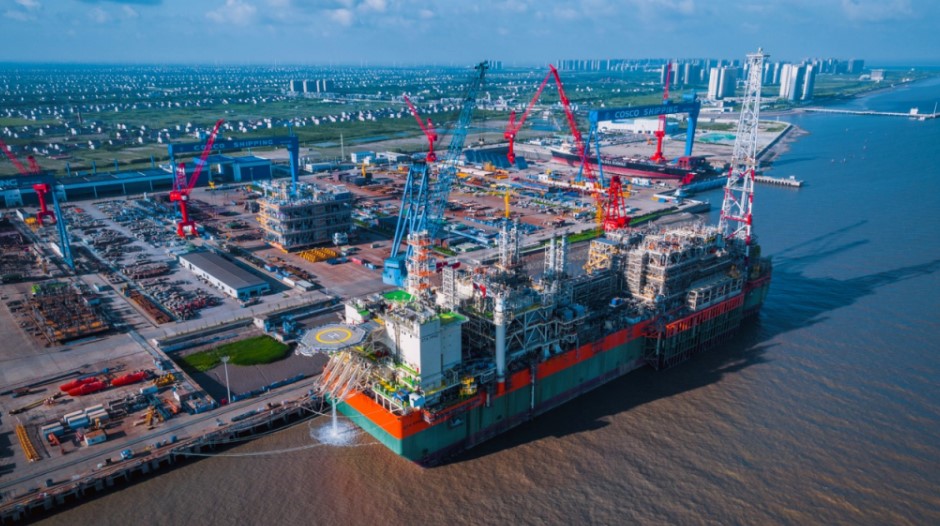The floating production, storage and offloading (FPSO) vessel for the BP-operated Greater Tortue Ahmeyim FLNG project has started its journey towards the project site off the coasts of Mauritania and Senegal.
The FPSO set sail on January 20 from Qidong, China after successfully completing a series of sea trials following construction over the past three and half years, according to a BP statement issued on Monday.
It will now travel 12,000 nautical miles via Singapore to its final destination – around 40km offshore on the maritime border of the neighboring countries.
The FPSO will serve the major integrated GTA development that also includes subsea development of gas fields and floating LNG (FLNG) facilities.
In September last year, BP’s GTA FPSO returned to the quayside of the Cosco shipyard in China after it drifted off due to the impact of Typhoon Muifa.
During the typhoon, the mooring lines of the FPSO became compromised, resulting in the vessel drifting approximately 200 meters off the quayside on September 15, project partner Kosmos Energy previously said.
Cosco Shipping Heavy Industry said the GTA FPSO is 270 meters long, 54.5 meters wide, 31.5 meters deep, and the living quarters can accommodate 140 people.
TechnipFMC, now split into two independent companies, won the engineering, procurement, construction, installation, and commissioning (EPCIC) contract worth up to $1 billion back in 2019.
Cosco was responsible for engineering, procurement, and construction of the FPSO’s main hull and living quarters, as well as the construction of topside modules.
Tortue FLNG project to go online in 2023
Following arrival at the project site and completion of commissioning activities, the FPSO will process natural gas – removing condensate, water, and other impurities – before exporting it by pipeline to the project’s FLNG facilities, 10km offshore.
With eight processing and production modules, the FPSO will process around 500 million standard cubic feet of gas per day.
The majority of the gas will be liquefied by the FLNG facilities, enabling export to international markets, while some is allocated to help meet growing demand in the two host countries, BP said.
Also, the FPSO will periodically transfer condensate to shuttle tankers for export.
Besides the FPSO, the project includes the conversion of Golar LNG’s Gimi to a floating LNG producer at Singapore’s Keppel shipyard.
Kosmos said in a update in November that the 2.5 mtpa FLNG was “on track for sailaway in first half of 2023 as construction and mechanical completion activities continue and commissioning work has begun.”
The partners expect first gas around nine months from the FPSO sailaway and continue to target first LNG around year-end 2023, the firm said at the time.

